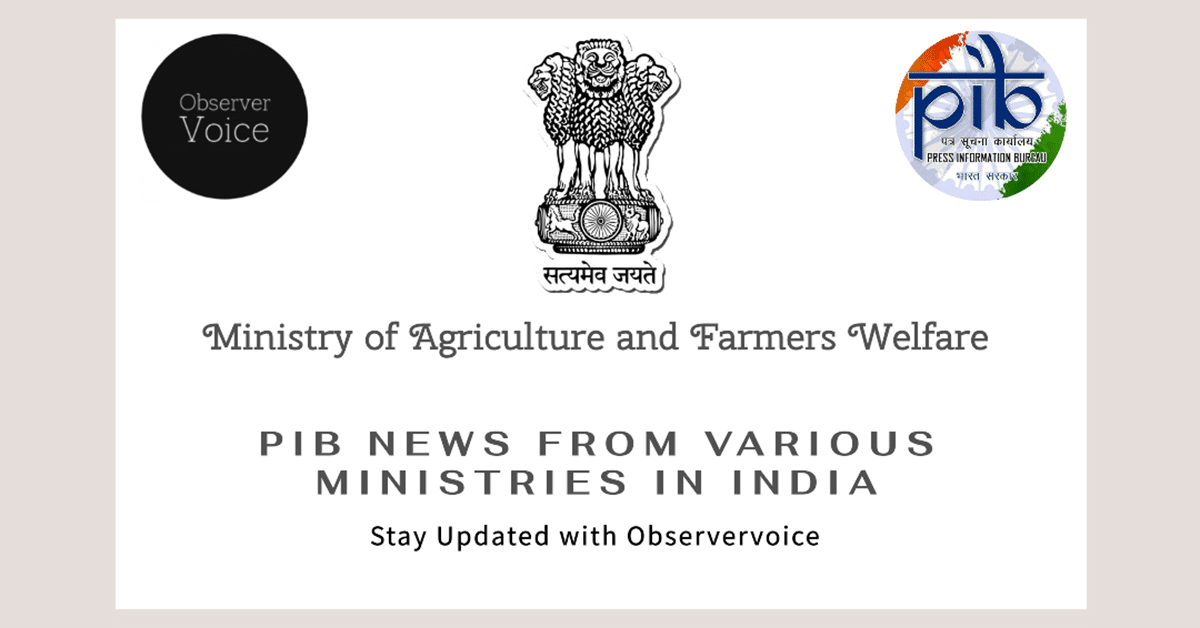Rabi Crop Coverage Update for 2025

The Department of Agriculture and Farmers’ Welfare has released the latest data on the area coverage of Rabi crops as of January 14, 2025. This report provides crucial insights into the agricultural landscape of the country, highlighting the progress made in crop sowing during the Rabi season. The Rabi season, which typically runs from October to March, is vital for the production of several key crops, including wheat, rice, and various pulses. Understanding the area sown under these crops is essential for assessing food security and planning agricultural policies.
Overview of Rabi Crop Coverage
As of mid-January 2025, the total area sown under Rabi crops has reached significant levels. The report indicates that the area sown is measured in lakh hectares, providing a clear picture of agricultural activity across the nation. The data reveals that wheat remains the dominant crop, with an area coverage of 312.35 lakh hectares, slightly lower than the previous year’s 320 lakh hectares. This decline may raise concerns about wheat production, which is a staple food for millions.
In addition to wheat, the report highlights the area sown for other crops such as rice and pulses. Rice, which is also a staple, has seen an increase in area coverage, reaching 42.02 lakh hectares compared to 22.09 lakh hectares last year. This increase may be attributed to favorable weather conditions and improved agricultural practices. Pulses, which are crucial for protein intake, have also shown a steady area coverage of 140.44 lakh hectares, indicating a stable production trend.
Detailed Crop Analysis
The report provides a detailed breakdown of various crops sown during the Rabi season. Wheat continues to lead the pack, followed by pulses and rice. Pulses are particularly noteworthy, as they play a significant role in enhancing soil fertility and providing essential nutrients to the population. The area sown for gram, a type of pulse, has reached 100.99 lakh hectares, showing a positive trend in pulse cultivation.
Other crops, such as oilseeds, have also been included in the report. The area sown for oilseeds has decreased to 87.02 lakh hectares from 96.82 lakh hectares last year. This decline may raise concerns about the country’s self-sufficiency in edible oils, which are essential for cooking and nutrition. The government may need to implement strategies to encourage oilseed cultivation to meet domestic demand.
Implications for Food Security
The data on Rabi crop coverage has significant implications for food security in the country. With wheat being a staple food, any decline in its production could lead to increased prices and potential shortages. The government must monitor these trends closely and take proactive measures to ensure that farmers have access to resources and support.
Moreover, the increase in rice and pulse cultivation is a positive sign for food diversity and nutrition. Pulses, in particular, are vital for providing protein, especially in vegetarian diets. The government may consider promoting pulse cultivation further to enhance nutritional security.
Observer Voice is the one stop site for National, International news, Sports, Editor’s Choice, Art/culture contents, Quotes and much more. We also cover historical contents. Historical contents includes World History, Indian History, and what happened today. The website also covers Entertainment across the India and World.

